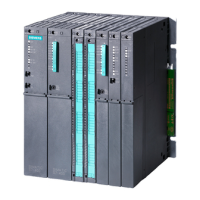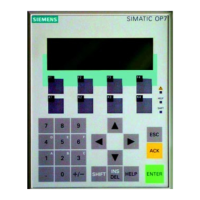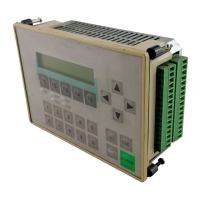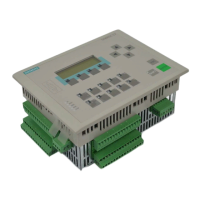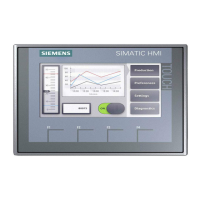No load voltage L+
The "External load voltage L+" channel diagnostics is enabled in channel groups via the "No
load voltage L+" diagnostics parameter. This means that if a load voltage fails, the error is
always signaled in the case of all four channels of a channel group. Additionally, the module-
specific message occurs in byte 0 of the diagnostics data record 0 / 1, "No external auxiliary
voltage".
The module message "No external auxiliary voltage" is only set if at least one channel group
signals "No load voltage L+", i.e., the load voltage is missing and the diagnostics is enabled.
Fuse blown
A blown fuse is always signaled in the case of all four channels of a channel group. In addition
to the channel-specific message, the module-specific message always occurs in byte 3 of the
diagnostic data record 0 / 1, "Fuse defect". Even if the "Group diagnostics" diagnostics
parameter is disabled for all channels, a defective fuse is always signaled as a module fault in
byte 3 of the diagnostic data record 0 / 1 "Fuse defect".
10.3.3 How to protect digital modules from inductive overvoltage
Inductive overvoltages
Overvoltages occur when inductors are de-energized. Examples of inductors are relay coils
and contactors.
Integrated overvoltage protection
The digital output modules of the ET 200PA SMART have an integrated overvoltage protection
device.
Additional overvoltage protection
Inductors should only be connected to additional overvoltage protection devices in the following
cases:
● If SIMATIC output circuits can be de-energized by additionally installed contacts (e.g. relay
contacts).
● If the inductors are not controlled by SIMATIC modules.
Note: Ask the supplier of the inductor about how to dimension the respective overvoltage
protection device.
ET 200PA SMART I/O modules
10.3 Digital output modules
ET 200PA SMART
148 Operating Instructions, 06/2019, A5E34192013-AB

